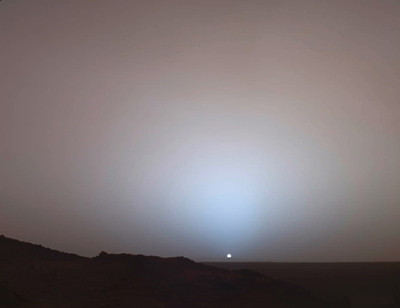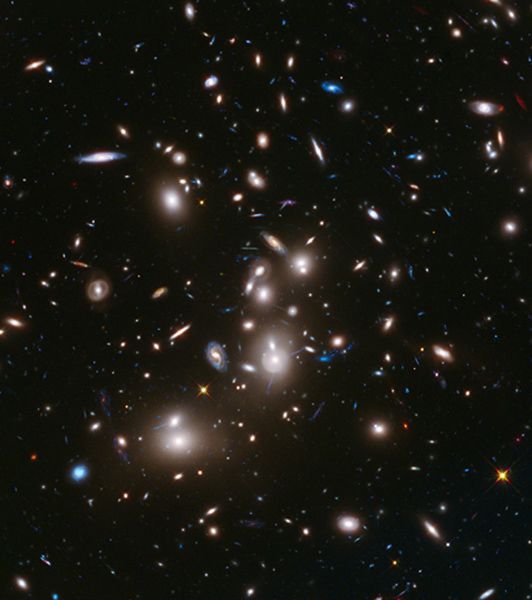This is News Plus Special English.
Ten years after NASA landed two rovers on Mars for a 90-day mission, the project has generated hundreds of thousands of images from the planet's surface.
Now the Smithsonian's National Air and Space Museum in Washington DC is presenting more than 50 of the best photographs from the two rovers known as Spirit and Opportunity.
The exhibit, "10 Years Roving Across Mars" includes many large-scale photographs of craters, hills, dunes, dust clouds, meteorites, rock formations and the Martian sunset. This is the museum's first exhibit of art from the Martian rovers. It marks the 10th anniversary of the ongoing mission.
The rovers landed in January 2004 on opposite sides of Mars and began exploring volcanic deposits and plains, as well as meteorites and impact craters.
Uncovering signs of the past presence of water and a more habitable environment are among the rovers' most important discoveries. Some were made by accident.
The rovers have made huge strides in learning about Mars to eventually send humans there. Another rover called Curiosity is also now exploring the surface, and NASA plans to send more rovers before humans.

Now, here's another piece of news on space technology.
The Hubble Space Telescope has peered back to a chaotic time 13 billion years ago when never-before-seen galaxies were tiny, bright blue and full of stars bursting to life all over the place.
Thanks to some complex physics tricks, NASA's aging telescope is just starting to see the universe at its infancy in living color and detail.
Images released by NASA show galaxies that are 20 times fainter than those pictured before. They are from a new campaign to have the 23-year-old Hubble gaze much earlier and farther away than it was designed to see.
Hubble astronomer Jennifer Lotz calls it the dawn. It was a time when star formation was ramping up, and it was far more hectic than now.
These first pictures show nearly 3,000 galaxies. It'll tell about how the universe is forming and evolving.













